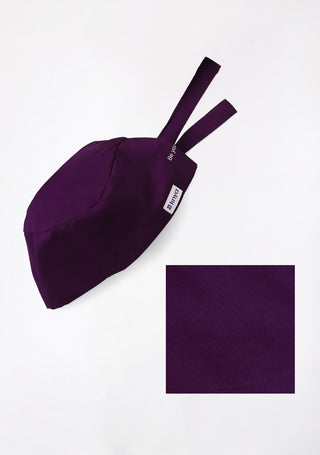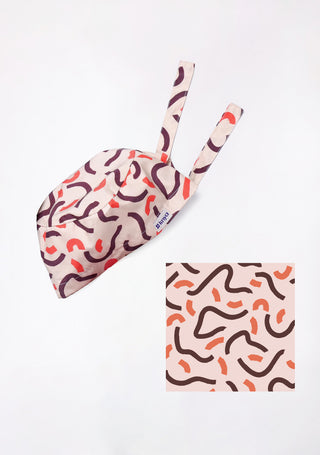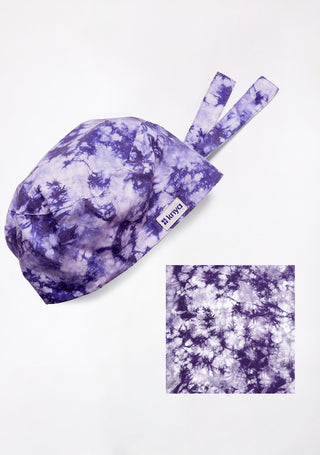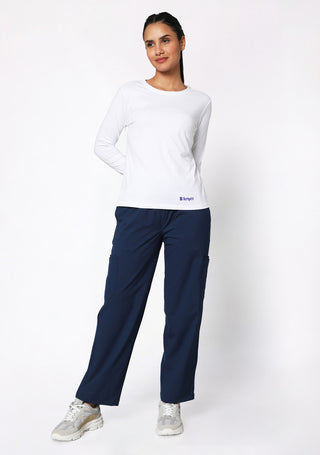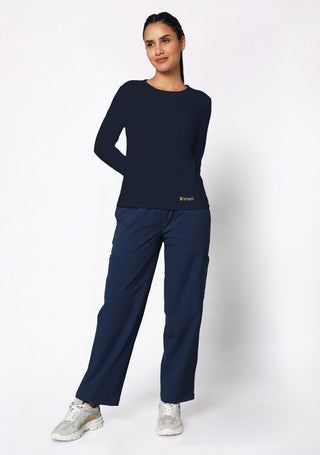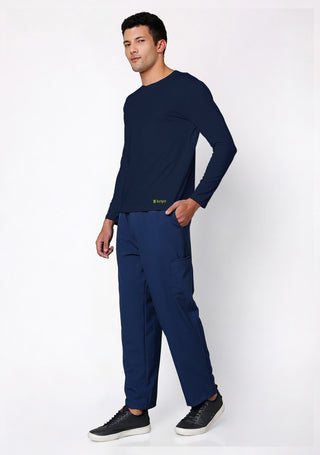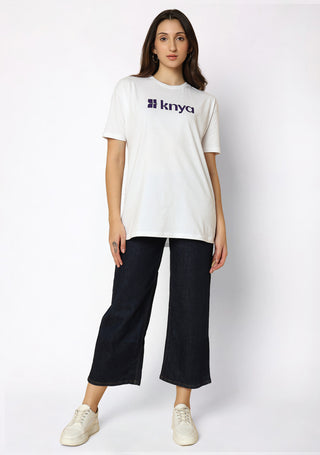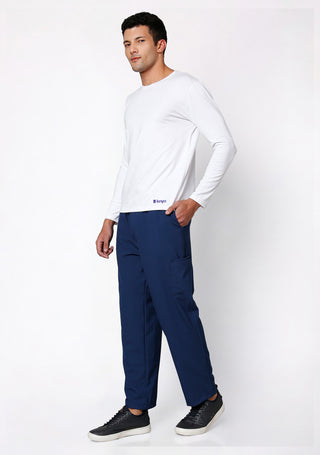Healthcare professionals often work long, irregular hours, including early mornings, late nights, and overnight shifts. During these hours, hospital temperatures can fluctuate, and cold drafts from air conditioning can make it uncomfortable to stay focused.
Layering scrubs is a practical solution to maintain comfort, warmth, and professionalism during these shifts. Knya scrubs are designed to work well with layering, providing breathable, flexible, and durable options that keep healthcare professionals comfortable regardless of the time of day.
This guide explores how to effectively layer scrubs for early-morning or night shifts without compromising mobility or appearance.
Click here to explore comfortable lab coats and discover our complete collection of comfortable and stylish medical apparel
1. Start with a Lightweight Underscrub
The first layer should be lightweight and breathable, providing comfort without adding bulk.
Knya underscrubs are ideal for this purpose. They:
- Absorb moisture
- Regulate body temperature
- Provide a smooth base layer for additional garments
This base layer ensures that even when extra layers are added, comfort and breathability are maintained.
2. Choose the Right Scrub Top as the Main Layer
Your main scrub top should fit comfortably over the underscrub while maintaining a professional appearance.
Knya scrubs are designed to be lightweight yet structured, allowing you to layer easily without feeling restricted. Tips include:
- Select slightly looser fits for layering
- Choose long-sleeve or short-sleeve options depending on temperature
- Maintain a neat look that preserves professionalism
3. Add a Mid-Layer for Extra Warmth
For cold hospital environments, especially during night shifts, a mid-layer can provide additional insulation.
Options include:
- Light scrub jackets
- Zip-up scrub tops
- Knya lab coats designed with breathable, lightweight fabrics
The mid-layer helps maintain warmth without overheating or restricting movement during rounds or procedures.
4. Select Outer Layers Wisely
Outer layers are optional but can be useful during very early or late shifts when hospital temperatures are low.
Knya jackets or over-scrubs offer:
- Breathability
- Easy removal when moving between temperature zones
- Extra protection against cold or air-conditioned environments
These layers are designed to fit comfortably over your main scrubs without appearing bulky.
5. Pay Attention to Fabric Compatibility
Layering works best when fabrics breathe together. Avoid combining heavy, non-breathable fabrics that trap heat and moisture.
Knya fabrics, including Ecoflex and lightweight Classic options, are designed to work well in layers. They allow air circulation, prevent overheating, and wick moisture away from the skin.
6. Keep Mobility in Mind
Healthcare work requires bending, lifting, walking, and quick movements. When layering, make sure:
- No layers restrict arm movement
- No tight collars or cuffs cause discomfort
- Scrub pants and tops allow full range of motion
Knya scrubs provide 4-way stretch options, making them ideal for layered outfits without restricting movement.
Ready to explore our amazing scrubs collection? Browse the best here
7. Layering for Personal Comfort
Everyone’s comfort level differs. Some may need more layers, while others prefer minimal coverage. Tips include:
- Use a long-sleeve underscrub for added warmth without bulk
- Keep a lightweight jacket handy for quick temperature changes
- Choose fabrics that feel soft on the skin to avoid irritation
By adjusting layers, healthcare professionals can maintain comfort and focus during long shifts.
8. Maintain a Professional Appearance
Even when layering, it’s important to remain professional. Avoid excessive or mismatched layers that look bulky.
Knya scrubs maintain a sleek and structured fit, ensuring that layering does not compromise a polished, professional appearance.
9. Practical Tips for Night and Early-Morning Shifts
- Start with breathable, moisture-wicking underscrubs
- Layer with a slightly looser main scrub top
- Add a mid-layer for warmth if needed
- Keep an outer layer handy for very cold hospital areas
- Avoid too many layers that restrict movement or appear unprofessional
- Choose darker shades that hide stains and maintain a neat look
Conclusion
Layering scrubs is a simple yet effective strategy to stay comfortable, warm, and professional during early-morning or night shifts. With the right combination of underscrubs, main tops, mid-layers, and outer layers, healthcare professionals can adapt to varying temperatures without sacrificing mobility or appearance.
Knya scrubs are designed for layered wear, combining breathable fabrics, flexibility, and durability. Whether it’s a cold night shift or an early-morning round, layering with Knya ensures comfort, confidence, and professionalism throughout long hours of work.

